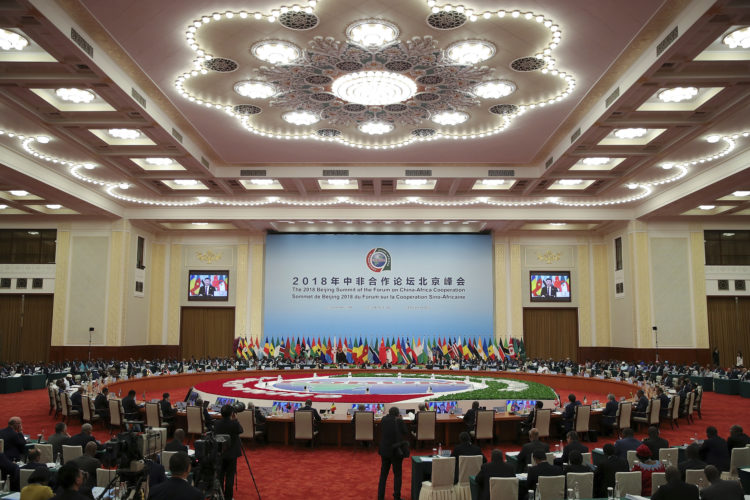Brussels, Belgium—The European Union (EU) has just announced a plan to counter China’s New Silk Road initiative.
After much deliberation, Federica Mogherini, EU’s High Representative for Foreign Affairs and Security Policy, said that the EU is looking for ways to better link Europe with China. She emphasized, however, that this connection should be achieved with a rules-based mentality (jabbing at the way the Chinese government often manipulates its currency to bolster the country’s economy).
The EU’s top diplomat, of course, presented the initiative in much more amicable terms. She highlighted Asia’s insatiable appetite for infrastructure projects. It is estimated that Asia will require close to $1.5 trillion for infrastructure projects per year, and Europe has the capacity to fund these projects.
“Our approach is confident enough not to measure our proposals as reactions to others. There might be differences, there might be points in common,” said Mogherini.
In October, the Asia-Europe Meeting (ASEM) will take place in Brussels. The heads of state and top officials from 51 European and Asian countries will meet to discuss business and geopolitics. Until now, China’s Belt and Road Initiative (BRI) was the summit’s flagship. Mogherini’s announcement, however, stole its thunder. It means that the leaders and officials would have an alternative to the Chinese plan. But European leaders would have to first agree before the summit.
Any agreement, said Mogherini, ought to be based on fair, multinational, and environmentally acceptable standards. She stressed the importance of labor-rights and sustainable growth. She also highlighted the need to avoid political and financial dependencies.
“In the last couple of months, I’ve been traveling to Asia, I must have had 20 bilateral meetings with my Asian counterparts, including regional organizations, and there is a lot of demand and interest in having the European way of connectivity,” added the EU’s top diplomat.
Lately, however, China has been purchasing considerable amounts of critical infrastructure (such as nuclear power plants, telecommunication facilities, ports, and airports) in Europe. Conversely, European direct investment in China has stagnated.
Fraser Cameron, a former top UK and EU diplomat raised concerns about this sellout of critical national security assets:
“The Chinese have put money on building infrastructure in Greece, Montenegro, Macedonia, taking over a plant in Serbia, a new railway between Budapest and Belgrade, that’s good, but as long as it stays within international standards. That’s the key point from the EU. Increasing China’s influence is like increasing economic might regardless of who you are, by investing, you are getting more political influence, that’s quite clear.”
The Chinese company COSCO currently holds 51 percent of the Piraeus port, Greece’s largest port and one of the busiest in terms of tonnage volume ports in Europe.
The EU and China are respectively the world’s second and third largest economies. The U.S. remains in the lead.










COMMENTS
You must become a subscriber or login to view or post comments on this article.